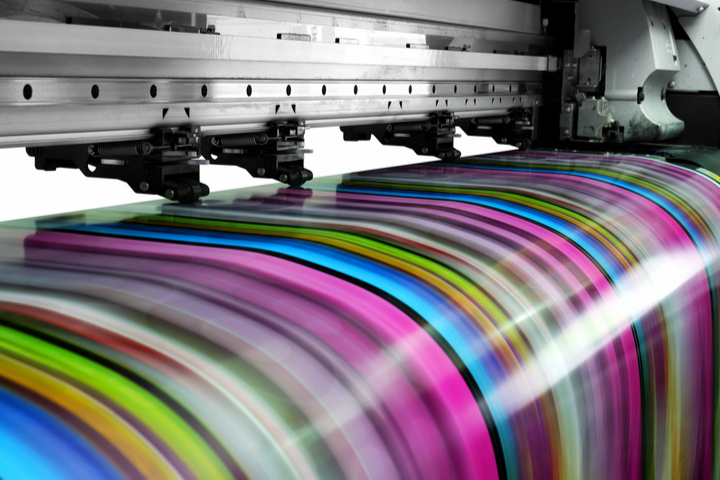Significant Role of Digital Textile Printing in the Fashion Industry

25 Apr
2022
There has been a significant growth in the fast-fashion, and hence the entire fashion landscape is altering rapidly. This created various challenges for the textile manufacturers to keep up with the surging customer demand. Numerous textile manufacturers want to maximize their production capacity whilst encountering fast-fashion delivery times and offering pristine standards of quality. Popular fashion brands these days have incorporated innovative methods to decrease the residual stock that is usually left at the end of the season.
Customers nowadays anticipate fashion apparels and accessories to revamp unconventionally. Most of the prominent brands manufacture limited quantities of each design and expeditiously produce further quantities only if it is essentially meeting the customer’s demand. In this way, brands are constructively able to respond to the intrinsic needs of the market, so they don’t have to worry about the large chunk of unsold clothing at the end of the season. Digital textile printing comes out as an effective method, allowing manufacturers to print diverse set of designs virtually on any kind of fabric. They enable fast delivery times for not only first but also repeat orders, enabling brands to swiftly restock their best-selling items. In addition, digital textile printing provides unlimited design possibilities, instantaneous printing, and low set-up costs that typically corroborate with the fast-fashion manufacturing.
Moreover, modern customers are in close proximity with brands that portray a green image. This further substantiates the increasing use of digital textile printing by fast-fashions brands as it has much lower environmental impact than the conventional textile printing techniques. Thus, increase in the per capita disposable income among people in the emerging nations along with the prompt alteration in fashion trends are expected to drive the growth of the global digital textile printing market in the coming years. According to the report published by Allied Market Research, the digital textile printing market is expected to reach $7.9 billion by 2030, at a CAGR of 14.8% from 2021 to 2030.
Digital textile printing along with the application of 3D software is an ideal fit for fashion sampling. This is mainly due to adoption of feasible and sustainable manufacturing solutions by most of the fashion designers. Thus, numerous clothing manufacturers and designers across the globe are increasingly inclining toward digital textile printing and 3D product simulation software to bestow an aesthetic background for their creations. The aesthetic nature provided by digital printing is basically due to its exclusion of limits or frontiers in colors that substantially drive creativity.
In addition, digital textile printing in conjunction with 3D software provides a great deal of speed, energy, and efficiency to the design process. They facilitate the production of samples with minimum of fuss, usually within minutes of conception. Thus, the speed and flexibility of the digital process gives an optimum boost to clothing manufacturers and designers to effectively meet the demands of the customers. The digitized product sampling is extensively used by the sportswear, fashion, and athleisure industries.

Koyel Ghosh
Author’s Bio- Koyel Ghosh is a blogger with a strong passion and enjoys writing in miscellaneous domains, as she believes it lets her explore a wide variety of niches. She has an innate interest in creativity and enjoys experimenting with different writing styles. A writer who never stops imagining, she has been serving the corporate industry for the last five years.
Avenue: Entire Library membership of Allied Market Research Reports at your disposal
- Avenue is an innovative subscription-based online report database.
- Avail an online access to the entire library of syndicated reports on more than 2,000 niche industries and company profiles on more than 12,000 firms across 11 domains.
- A cost-effective model tailored for entrepreneurs, investors, and students & researchers at universities.
- Request customizations, suggest new reports, and avail analyst support as per your requirements.
- Get an access to the library of reports at any time from any device and anywhere.
Related Post
-
How are Submarine Cables Transforming Global Connectivity with Enhanced User Experience?
-
Endoscopy Procedures: Transformations in Techniques and Applications
-
AI-Powered Video Analytics: How the Product Actually Works for enterprises
-
Painting Robots: Transforming Precision Coating and Creative Applications
-
Innovations in Pharmacovigilance Systems Advancing Patient Safety
-
Understanding Edge Security: Keeping Data Safe Near the Source
-
Exploring the Use and Advancements of 3D Laser Scanners in Professional Applications
-
Reinforcing Industrial Controls with Smarter Tools and Training








